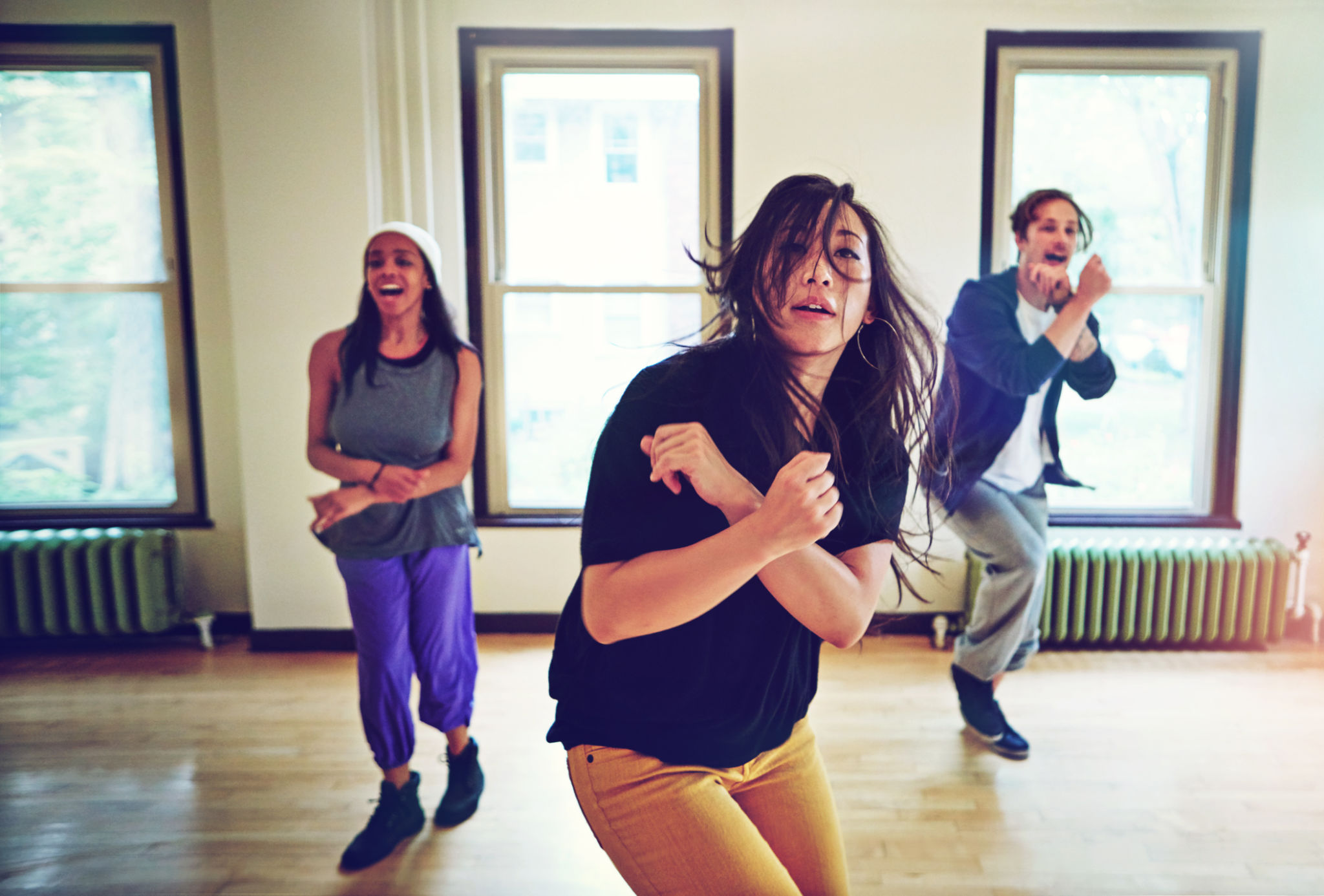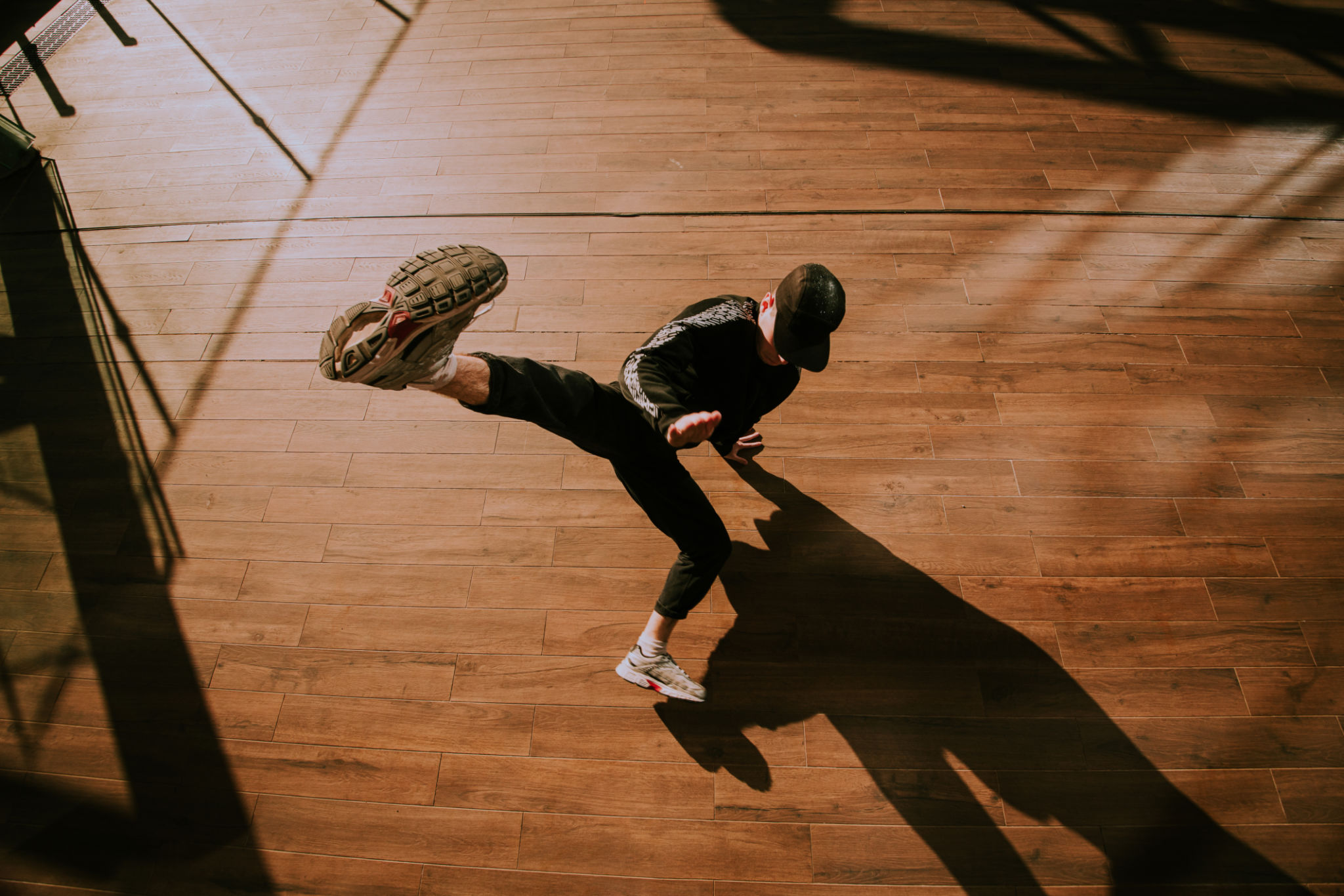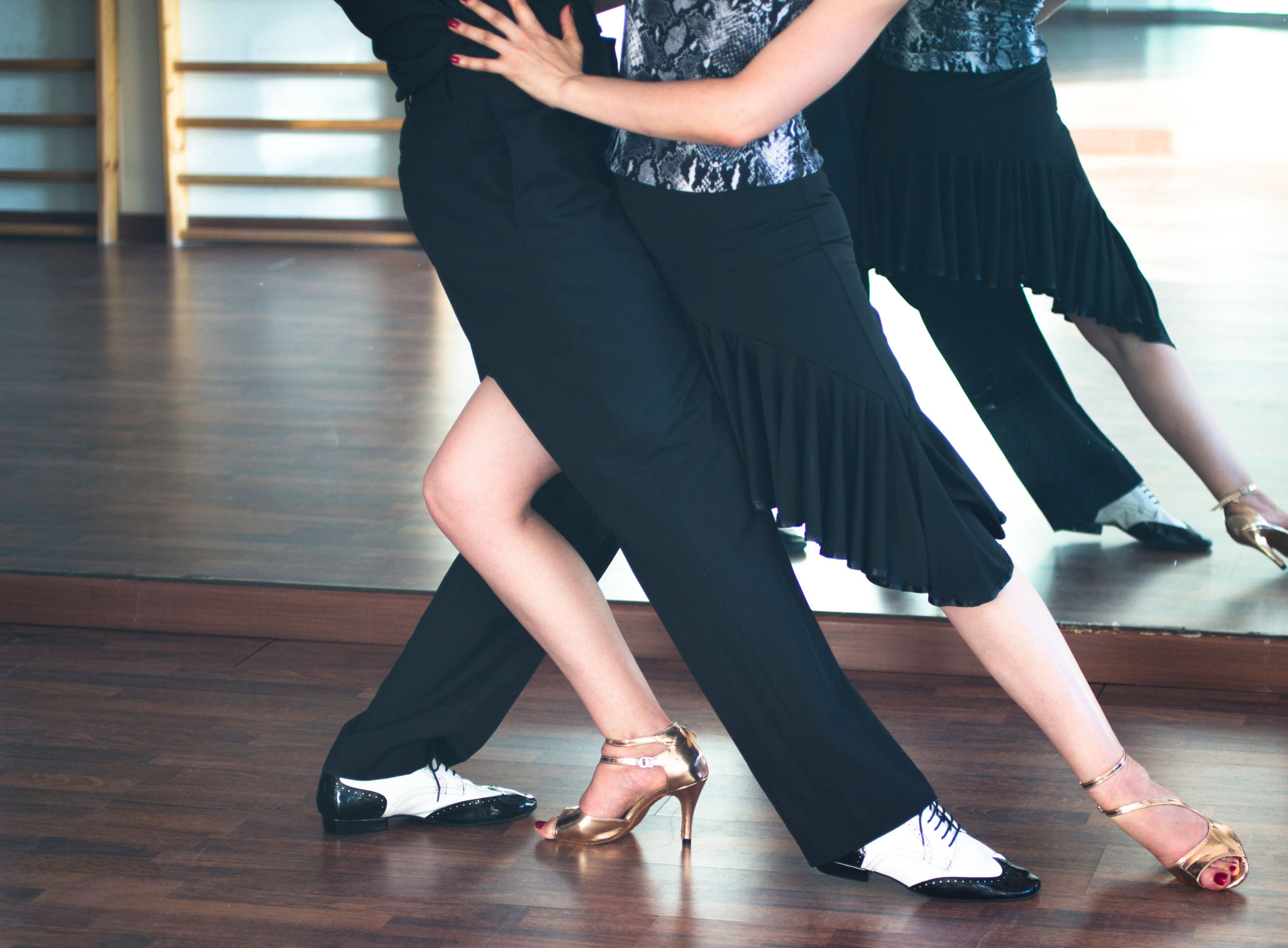Tango Dance Styles Explained: From Argentine to Ballroom
Introduction to Tango Dance Styles
Tango, a dance that originated in the late 19th century along the Rio de la Plata, the natural border between Argentina and Uruguay, has evolved into a globally celebrated art form. Its rich history and passionate movements have given rise to several distinct styles. Each style reflects its cultural origins and unique characteristics, making tango a diverse and fascinating dance genre.
Understanding the different styles of tango can enhance your appreciation for this elegant dance form. Whether you're a dancer or an enthusiast, exploring the nuances of each style can deepen your connection to tango's vibrant world.

Argentine Tango
Argentine Tango is often considered the most authentic form of tango, known for its improvisational nature and intimate connection between partners. Originating in the streets of Buenos Aires and Montevideo, it emphasizes the emotional connection and musicality, allowing dancers to express themselves freely.
This style is characterized by its close embrace, intricate footwork, and fluid movements. Dancers often improvise their steps, responding to the music and each other, creating a unique experience with every dance. Argentine Tango is a social dance, frequently performed in milongas, which are social dance events where tango enthusiasts gather.
Substyles of Argentine Tango
Within Argentine Tango, there are several substyles, each with its own flair:
- Tango de Salon: Known for its elegant and smooth movements, often danced in a close embrace.
- Tango Nuevo: A modern interpretation that incorporates elements of other dance styles and emphasizes innovation.
- Milonga: A faster-paced style with a playful and rhythmic character.

Ballroom Tango
Ballroom Tango is a more structured and competitive form of tango, popular in dance competitions worldwide. It evolved in Europe and North America, adapting the passionate essence of Argentine Tango into a standardized format suitable for ballroom dance events.
This style is noted for its dramatic and staccato movements, characterized by sharp head turns and crisp footwork. Unlike Argentine Tango, which is more improvisational, Ballroom Tango follows a set of predefined steps and patterns, focusing on precision and technique.
Characteristics of Ballroom Tango
Ballroom Tango is distinguished by its:
- Frame: A strong and structured hold between partners, emphasizing posture and poise.
- Footwork: Precise and deliberate steps, often with a sharp and dramatic flair.
- Expression: Theatrical and intense, with a focus on storytelling through dance.

Differences and Similarities
While both Argentine and Ballroom Tango share a common heritage, they differ significantly in their execution and style. Argentine Tango is more about improvisation and personal expression, whereas Ballroom Tango is about precision and technique within a competitive framework.
However, both styles share the fundamental essence of tango: the passionate connection between partners and the ability to tell a story through movement. Both forms require a deep understanding of the music and a strong connection with one's partner, making tango a dance of both skill and emotion.
Conclusion
Tango is a dance that transcends borders and cultures, offering a rich tapestry of styles for dancers and audiences alike. Whether you're drawn to the improvisational allure of Argentine Tango or the structured elegance of Ballroom Tango, each style offers its own unique experience.
Exploring the various tango styles can provide a deeper appreciation for this captivating dance form, allowing you to connect with its history and passion. Whether you're on the dance floor or watching from the sidelines, tango's timeless charm is sure to captivate your heart.